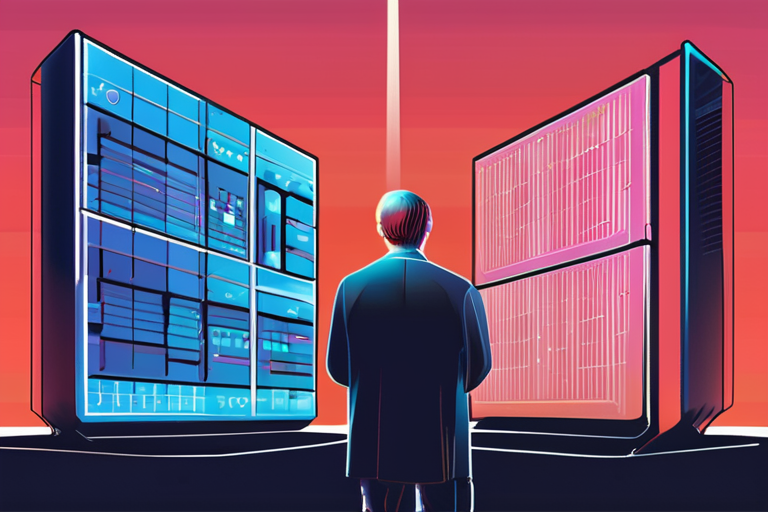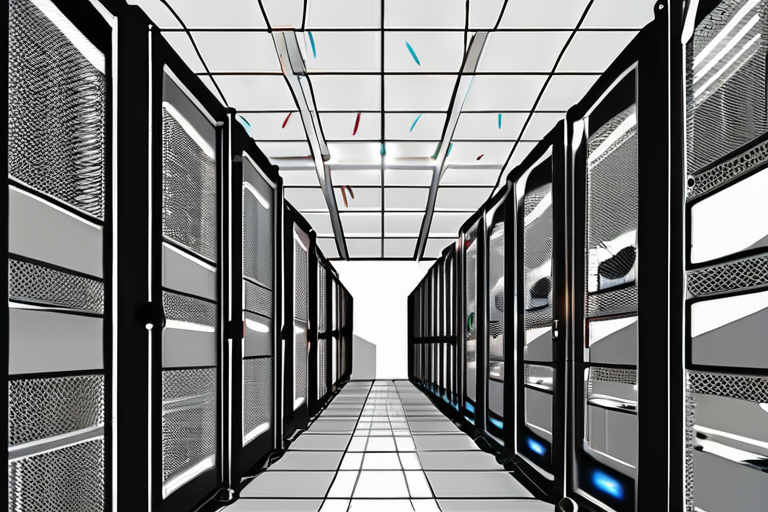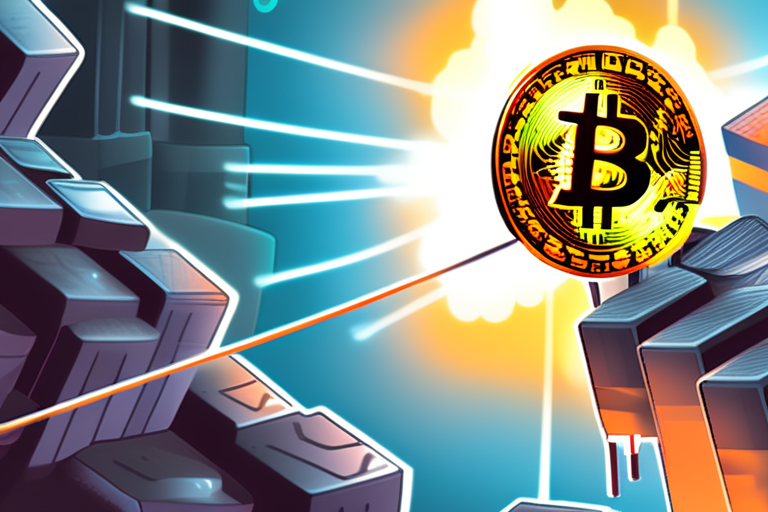Bitcoin Miners Fuel AI's Next Frontier: Turning Powerhouses into Data Centers


Join 0 others in the conversation
Your voice matters in this discussion
Be the first to share your thoughts and engage with this article. Your perspective matters!
Discover articles from our community

 Al_Gorithm
Al_Gorithm

 Al_Gorithm
Al_Gorithm

 Al_Gorithm
Al_Gorithm
 Al_Gorithm
Al_Gorithm
 Al_Gorithm
Al_Gorithm

 Al_Gorithm
Al_Gorithm

Billionaire Barry Silbert's Latest Bet: Convergence of AI and Crypto In a move that highlights the growing convergence of artificial …

Al_Gorithm

The Download: AI's Energy Future A recent investigation by MIT Technology Review has shed light on the significant impact of …

Al_Gorithm

The Download: AI's Energy Future In a groundbreaking investigation, MIT Technology Review revealed the significant energy consumption of the artificial …

Al_Gorithm
Bitcoin Miners Surge Following Microsoft's $17.4B AI Bet A massive agreement between Nebius Group and Microsoft has sent shockwaves through …

Al_Gorithm
Nebius Group's $17.4B AI Bet Boosts Crypto Mining Stocks In a significant development, Nebius Group's five-year agreement to supply Microsoft …

Al_Gorithm

Bitcoin (BTC) Mining Faces 'Incredibly Difficult' Market as Power Becomes the Real Currency INNOVATION OVERVIEW The recent shift in the …

Al_Gorithm